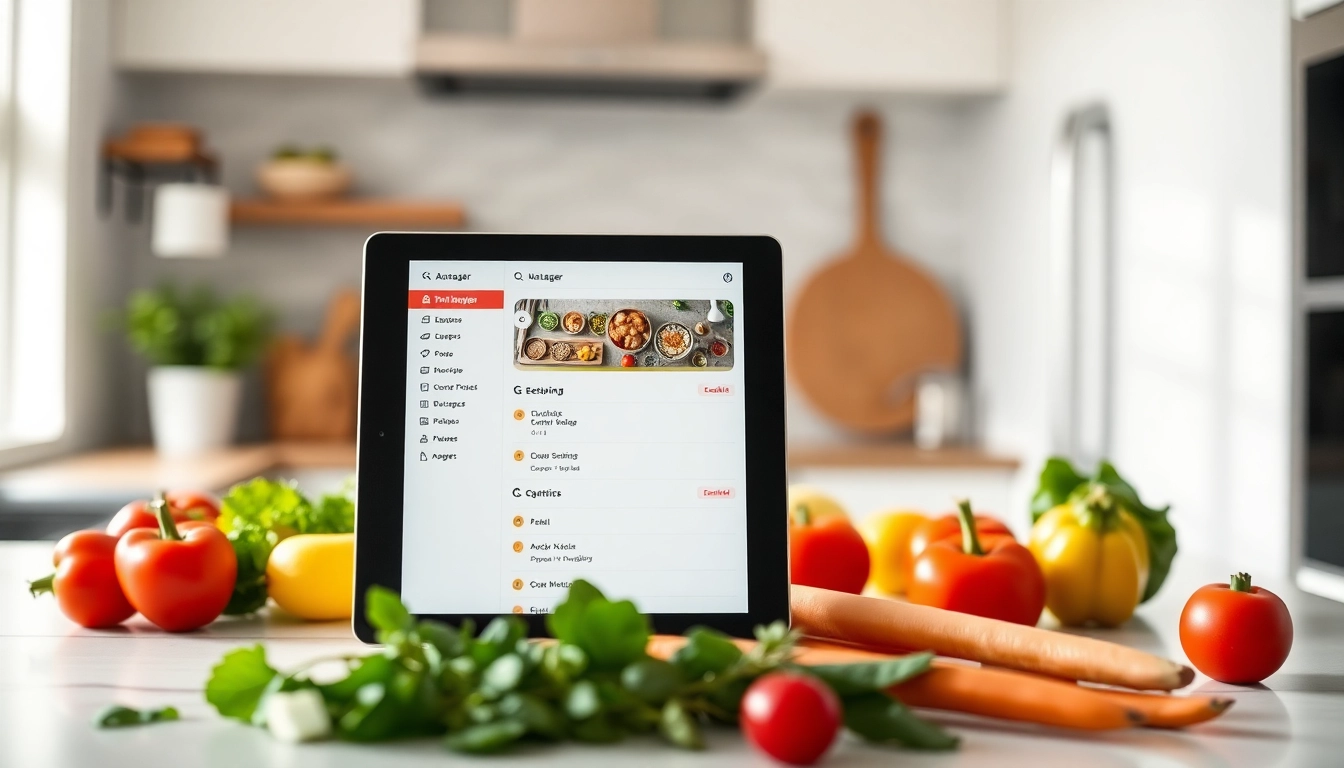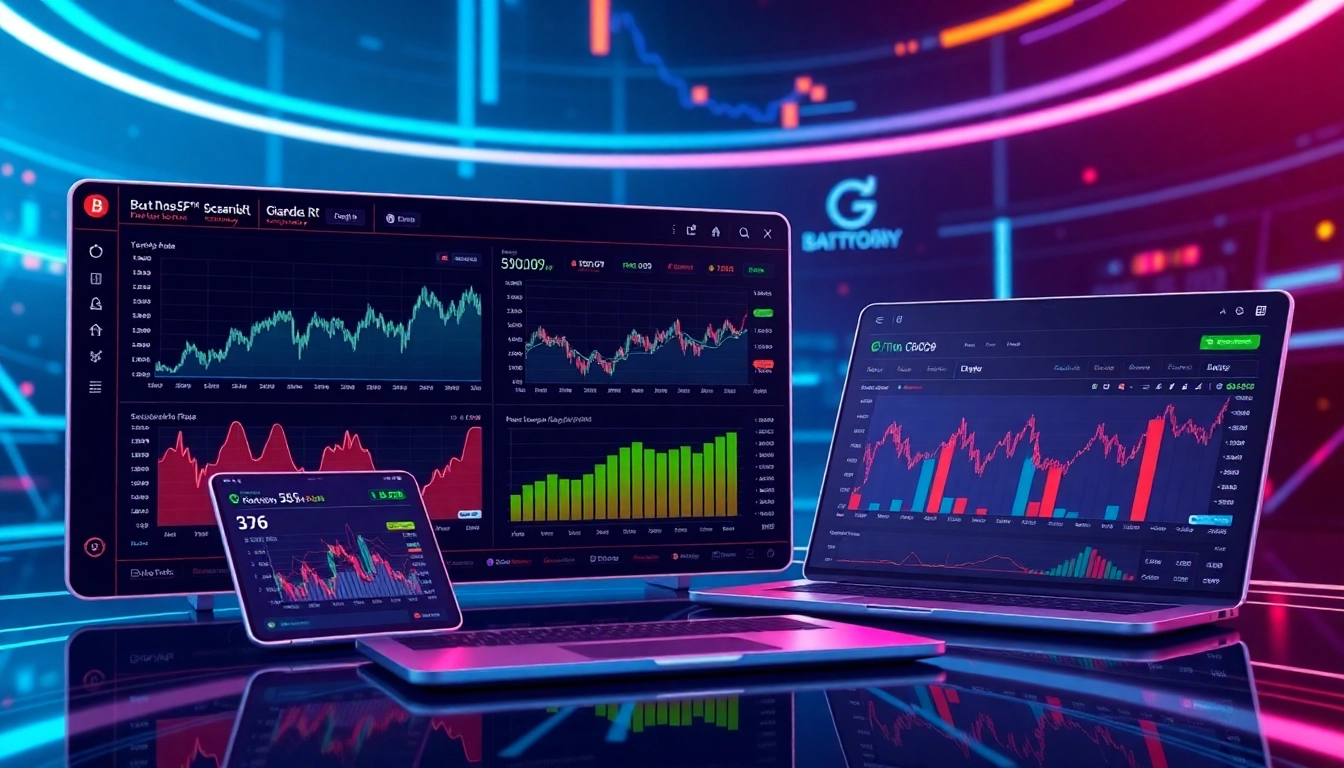Understanding the Role of a Recipe Manager in Modern Cooking
What Is a Recipe Manager and Why It Matters
In today’s fast-paced culinary landscape, a recipe manager has become an essential tool for home cooks and professional chefs alike. At its core, a recipe manager is software designed to help users organize, store, retrieve, and utilize recipes efficiently. But beyond simple storage, modern recipe management solutions enable advanced features like meal planning, grocery list creation, dietary customization, and synchronization across devices and platforms.
The importance of a recipe manager lies in its ability to streamline culinary workflows, reduce meal prep time, and inspire creativity. It transforms recipes from scattered browser bookmarks, social media collections, handwritten notes, and various apps into a centralized, accessible digital library. For busy individuals, meal prep enthusiasts, and culinary professionals, having a reliable recipe manager enhances productivity, consistency, and culinary exploration.
Unlike traditional methods—such as stacks of index cards or loose paper—modern platforms like Cooksync act as dynamic hubs that connect seamlessly with preferred storage environments, ensuring recipes are always at your fingertips wherever you cook or plan your meals. This integration ensures data security, ease of access, and personalized discovery, making a compelling case for adopting an efficient recipe management system.
How Recipe Managers Simplify Meal Planning
Meal planning often involves juggling multiple recipes, grocery shopping, nutritional considerations, and scheduling—all tasks that can become overwhelming without proper tools. Recipe managers simplify this process by integrating recipes with meal calendars and shopping lists, allowing users to plan meals ahead of time with minimal effort.
For instance, a recipe manager like Cooksync automatically syncs selected recipes to your preferred platforms and devices. This means you can develop weekly meal plans on your tablet or computer, and the system will ensure all the recipes are accessible on your mobile device or smart kitchen appliances. Additionally, many platforms support features such as portion adjustments, dietary filters, and nutritional analysis, empowering users to tailor meal plans to individual health goals or ingredient availability.
This automation reduces the cognitive load associated with meal prepping, minimizes last-minute grocery store trips, and encourages users to try new cuisines and dishes based on personalized recommendations. As a result, meal planning becomes an enjoyable, stress-free activity that fits naturally into daily life.
Common Features and Benefits Compared to Traditional Methods
- Centralized Storage: Consolidate recipes from social media, websites, and handwritten notes into one digital hub.
- Automatic Synchronization: Sync recipes across platforms like Evernote, Notion, Google Docs, and more, ensuring recipes are available where needed.
- Customization: Format recipes with personal notes, modifications, and dietary labels to suit individual preferences.
- Advanced Search & Tagging: Quickly find recipes based on ingredients, cuisine, cooking time, or dietary restrictions.
- Meal Planning & Grocery Lists: Plan meals in advance and generate shopping lists directly from recipes.
- Scalability: Easily scale recipes up or down to serve more or fewer people without manual calculations.
- Privacy & Data Ownership: Maintain control over your culinary data, exporting or backing up as needed.
Compared to traditional methods—like using paper, notebooks, or isolated apps—these features dramatically improve organization, accessibility, and efficiency. They eliminate the risk of losing recipes, reduce clutter, and enable culinary experimentation informed by data and personalization.
Choosing and Using the Right Recipe Manager for Your Needs
Key Factors to Consider When Selecting a Recipe Manager App
Selecting a recipe manager that aligns with your culinary habits requires careful consideration of several factors:
- Platform Compatibility: Ensure the app supports your devices—iOS, Android, Windows, macOS, or web browsers. For example, Cooksync offers seamless synchronization across multiple platforms.
- Import & Export Capabilities: Check if the app can import recipes from social media, websites, PDFs, and other sources, and whether it allows exporting data for backup or migration.
- User Interface & Ease of Use: A clean, intuitive interface reduces onboarding time and enhances daily productivity.
- Customization & Tagging: Flexibility to add tags, notes, photos, and dietary labels helps tailor the database to your needs.
- Integration Options: Compatibility with smart kitchen devices, shopping apps, meal planners, or cloud storage services offers added convenience.
- Cost & Subscription Model: Evaluate transparency of pricing, free trial options, and whether the platform offers value for long-term use.
For instance, Cooksync’s straightforward pricing and extensive platform support make it a versatile choice suitable for both casual cooks and serious chefs seeking robust synchronization capabilities.
Integrating Recipe Managers with Your Favorite Platforms and Devices
To achieve the full potential of your recipe management system, integration is crucial. Whether you’re using Evernote for notes, Notion for databases, Google Drive for cloud storage, or dedicated cooking appliances, compatibility ensures your recipes are always where you need them.
Cooksync’s ability to connect with various platforms simplifies this process. By linking your preferred storage environments, recipes migrated from social media or bookmarked sites can automatically appear in your organizational tools, ensuring consistency and instant access at all times. Advanced integrations also allow for real-time syncs, so your adjustments or new recipes are reflected across all devices.
Setting up these integrations typically involves OAuth authentication or API key linking, steps that are usually guided by the app’s documentation. Once configured, your culinary ecosystem becomes streamlined, making cooking, shopping, and planning a cohesive experience.
Step-by-Step Guide to Importing and Organizing Recipes Effectively
- Identify Sources: Collect recipes from social media (Instagram, Facebook), websites, PDFs, and handwritten notes.
- Use the Chrome Extension or Mobile App: For websites, the Cooksync Chrome extension makes importing quick and effortless—click, and it captures the recipe along with images and videos.
- Manual Entry or Linking: For social media or handwritten notes, manually add URLs or type in recipes directly into your system.
- Tag & Categorize: Use tags like “Vegan,” “Dessert,” “Gluten-Free” to categorize recipes for easy retrieval.
- Add Photos & Notes: Enhance recipes with personal tips, adjustments, or dietary substitutions.
- Sync to Your Platforms: Automatically or manually sync recipes to your chosen storage environment for accessibility.
Regular maintenance—such as reviewing, updating, or removing outdated recipes—keeps your collection relevant and manageable. Additionally, leveraging the suggested weekly recipes based on your saved data keeps your culinary repertoire fresh and exciting.
Best Practices for Effective Recipe Collection and Synchronization
Tips for Importing Recipes from Social Media, Websites, and Other Sources
To maximize your recipe collection’s quality and organization, adopt best practices:
- Use Dedicated Import Tools: Utilize browser extensions like Cooksync’s Chrome extension to directly capture recipes from web pages with proper formatting.
- Verify & Edit Imports: Review imported recipes for accuracy, adjusting ingredient quantities or correcting formatting as needed.
- Save Media & Extras: Attach images, videos, and notes for richer recipe profiles.
- Consistency in Tagging: Develop a tagging scheme to categorize recipes uniformly for easy searching.
- Backup & Export: Regularly export your recipe database for safekeeping, especially before major updates or platform migrations.
In addition, staying updated with new features, such as expanded export options or new platform integrations, ensures your workflow remains efficient.
Strategies for Maintaining Control and Privacy Over Your Culinary Data
With increasing concerns over data privacy, choosing a platform like Cooksync that emphasizes control is vital. Strategies include:
- Local Data Storage: Store your recipes on platforms you trust, avoiding proprietary or insecure cloud environments.
- Regular Backups: Export your recipes to external drives or secure cloud storage regularly.
- Privacy Settings: Review and configure privacy options within your recipe app to restrict data sharing.
- Data Ownership: Choose apps that do not lock you into proprietary formats and provide data export capabilities.
- Encryption & Security: Use platforms that employ encryption protocols to safeguard your data during sync and storage processes.
These practices ensure your culinary data remains yours, preventing unforeseen loss or unauthorized access.
Leveraging Personalized Suggestions to Expand Your Cooking Repertoire
One of the most engaging features of modern recipe managers is the ability to receive personalized recommendations based on your existing collection and preferences. Platforms like Cooksync analyze your recipes, tags, and cooking patterns to suggest new dishes, cuisines, or ingredients to explore.
For example, if your library includes several Italian pasta recipes, the system might recommend trying new sauces or regional variations, thus expanding your culinary horizons. Such suggestions foster creativity and prevent stagnation, making cooking an ongoing adventure.
Incorporating community-driven insights—like trending recipes or user collections—further enhances diversity and inspiration.
Advanced Tips to Optimize Your Recipe Management System
Utilizing Automation and Export Features for Seamless Workflows
Automation saves time and reduces manual effort. Features like auto-import from social media, automatic sync to cloud storage, and scheduled backups ensure your recipes are always current and secure.
Export functions enable you to generate printable cookbooks, share recipes via email, or migrate your collection to new platforms smoothly. For example, Cooksync’s export options support formats like PDF, Markdown, or CSV, suitable for varied use cases.
Analyzing and Refining Your Recipe Library for Better Meal Planning
Data analysis tools within your app can highlight popular recipes, cooking frequency, and ingredient usage patterns. Use these insights to identify favorites, plan balanced menus, or discover gaps in your collection.
Periodically reviewing your library allows you to prune outdated recipes, improve poorly rated ones, and diversify your culinary portfolio.
Exploring Integrations with Smart Kitchen Devices and Apps
The future of recipe management lies in automation and smart integration. Connecting your system with smart ovens, thermostats, robotic kitchen gadgets, and voice assistants creates a cohesive cooking environment.
For instance, voice commands can retrieve recipes and set cooking timers, while smart appliances adjust temperatures based on recipe specifications. Platforms like Cooksync are investing in expanding these integrations, enhancing convenience and precision.
Measuring Success: How to Track and Improve Your Recipe Management
Metrics to Evaluate Your Recipe Organization Efficiency
To gauge progress, track metrics such as:
- Number of Recipes: Growth indicates expanding culinary interests.
- Search Efficiency: How quickly you can locate specific recipes or categorize new ones.
- Meal Prep Time: Reduction over time reflects better organization.
- Diversity of Cuisines: A broader collection suggests increased exploration and flexibility.
- Recipe Usage Frequency: Identifies favorites and optimizes meal planning.
Regularly reviewing these metrics helps tailor your system to better fit evolving needs.
Feedback Loops: Customizing Your App Based on Cooking Habits
Personalization enhances usability. Incorporate user feedback on recipe ratings, notes, or modification habits to refine recommendations and organize your library more effectively.
For example, tagging frequently cooked recipes as “Weekly Favorites” allows your system to prioritize these in meal planning, increasing satisfaction and efficiency.
Future Trends in Recipe Management Technology and Features
Emerging trends include voice-activated recipe retrieval, AI-driven meal suggestions based on dietary restrictions, and smart inventory tracking that predicts needed shopping trips. Additionally, collaborative features for family or community recipe sharing are gaining momentum.
Staying ahead with these advancements ensures your culinary workflow remains innovative and adaptable.



